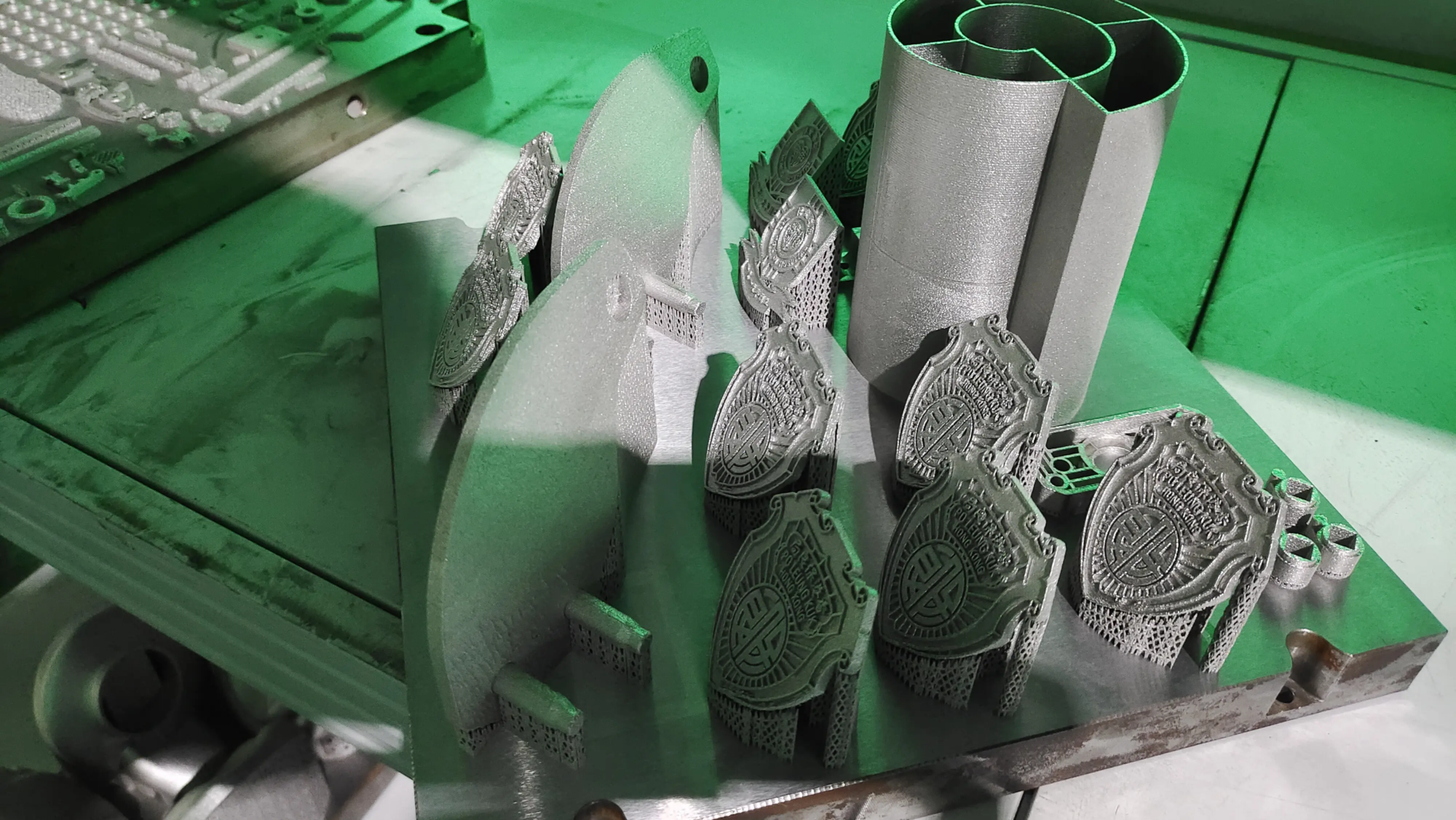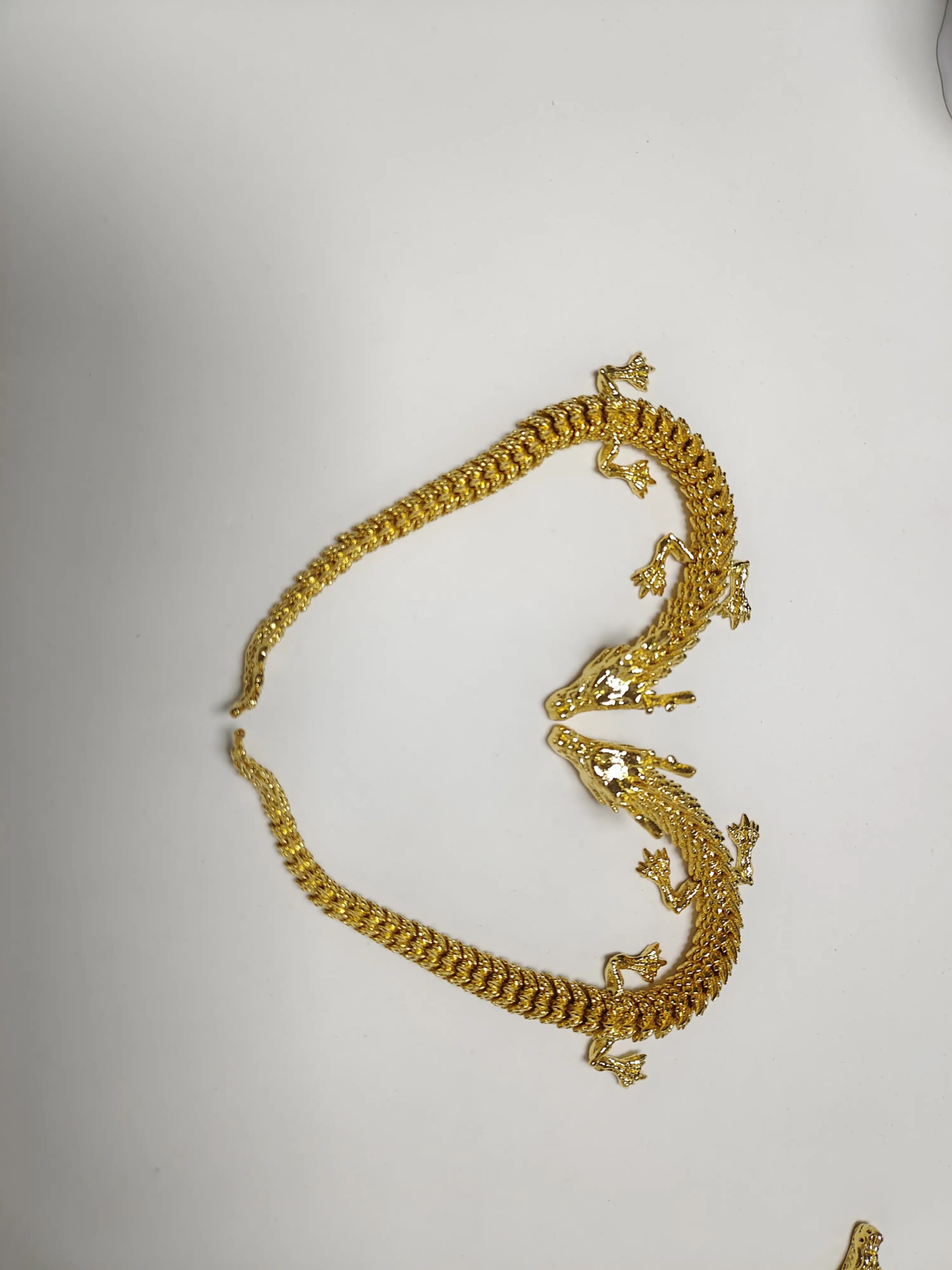introduce
Imagine creating 3D printed parts that can withstand the effects of bulletproof vests or mile-high turbine blades. That’s what Kevlar promises (retained by its strength) and can now be entered through 3D printed wire. Although Kevlar belongs to the personal protection revolution decades ago, its entry into additive manufacturing has opened the door to innovators in aerospace, robotics and high-performance engineering. Whether you are a fan, whether you are trying to use composites or pushing the boundaries for professionals, this guide delves into Kevlar filament: what it is, how to wield it, and why it can redefine your toughness approach.
What is Kevlar 3D filament?
Kevlar filaments are not pure kevlar Aramid fibers; Polymer composite materials Embed Short Kevlar fiber In nylon (usually PA6/PA12). The hybrid utilizes Kevlar’s legendary tensile strength (up to 3× steel) while maintaining the printability of thermoplastics. Unlike brittle carbon fiber composites, Kevlar adds Bending endurance– Perfect parts absorb impact without breaking.
- Key attributes:
- Impact resistance: Absorb kinetic energy without breaking.
- Heat resistance: Stable to 150°C.
- Chemical/wear elasticity: Resistant to solvents, friction and UV degradation.
- Low weight: The density is about 25% lower than that of aluminum.
Why choose Kevlar over other composites?
Carbon fibers excel in rigidity and cost-effectiveness, while Kevlar dominates Scenarios requiring resilience under dynamic pressure:
- Impact area: UAV cage, sports helmet, automatic bumper.
- Moving parts: Gears, pulleys, rotor blades, easy to fatigue.
- Preparing equipment in the wild: Tools for exposure to drip, scratch or weather.
If your design is preferred "Stiff Survival" Kevlar beats his competitors.
Print with Kevlar: Master the Challenge
Kevlar’s gift brings obstacles –Strategic preparation hinders frustration:
The trouble of wear:
Kevlar fibers engulfed the brass nozzle in hours.
Solution: Upgrade to Hardened steel or ruby nozzle (0.5mm+ is recommended).Warp and adhesion:
High shrinkage during cooling can lead to lift.
Solution:- use Close the printer with environmental sustainability rate.
- Select a textured PEI board or glue stick on a bed of 80–90°C.
Best Settings:
- Nozzle temperature: 270–290°C (depending on the nylon base)
- Printing speed: 40–60 mm/s (slower = better layer bonding)
- withdraw: Minimize to avoid clogging in fiber friction.
- Subtle differences in post-processing:
Grinding releases fibers; avoiding structural integrity is crucial. Repair:- coating: Sealing layer with epoxy resin.
- Processing: Use end mill made from diamond coating tools (carbide failures very quickly).
Real-world applications
- aerospace: Cabin bracket, pipe-lights are resistant to collapse.
- Robotics: Colliding joints.
- Riding a bicycle: Custom handlebar and derailleur guard.
- Industrial: Conveyor belt scraper, valve component.
At Greatlight, we loaned the Kevlar-PA12 to the customer’s prototype drone landing gear, reducing the weight by 40%, while passing the 3-meter drop test flawlessly.
Extended? Work with professional manufacturers
The Kevlar print at home involves trial and error. For mission-critical prototypes or production runs:
- Substance restrictions: Print large Kevlar parts? Distort risk magnitude.
- Post-processing: Requires CNC trimming, steam smoothing or polyurethane coating.
- Cost-efficiency: Without economies of scale, small batches will become untenable.
Great Resolve these gaps. As a leading rapid prototyping partner, we deployed:
- SLM 3D Printer:For seamless Kevlar composite workflow.
- One-stop organization: Precise processing, annealing, dyeing and sealing.
- Material flexibility: Alloy, polymer or hybrid structure – Quickly generate knowledge.
Our engineers use NASA-grade rigorous handling of your designs: from topologically optimized Kevlar housing to FAA-compliant metal flying parts.
in conclusion
Kevlar filaments convert raw durability into printable reality – ideal for applications that are important for survival. DIY printing requires nozzle exchange and patience, while professional partnerships bypass gravel and turn complex geometry into assets for field testing. At Greatlight, we blend compound expertise with SLM metal mastery to provide prototypes that embody resilience without compromise. Get custom Kevlar parts built to endure – Requote today at your highest price.
FAQ
Q: Can I print Kevlar filaments on any FDM printer?
A: Only printers that support high temperature extrusion (300°C+) and hardening components. Bowden tubes are risky to soften; reinforce with seat tubes or direct drive settings.
Q: How does Kevlar filaments compare to carbon fiber?
Answer: Carbon fiber is more stable and lighter. Kevlar is harder, less fragile, and has better absorption effects. Select Kevlar for high impact environments.
Q: Is it skin safe during printing?
A: Airborne fibers can stimulate. Always vent smoke outdoors and wear gloves/masks during post-treatment to handle fiber debris.
Q: Which brands offer high-quality Kevprawn?
A: Push plastics, ColorFabB and polymer manufacturers to ensure uniform fiber distribution. Verify fiber content (usually 15-25%).
Q: Can Greatlight combine Kevlar with metal 3D printing?
Yes. We hybridize processes (such as SLM-printed titanium bases with Kevlar reinforcements) for applications requiring multifaceted performance under pressure. Ask our team for feasibility analysis.




